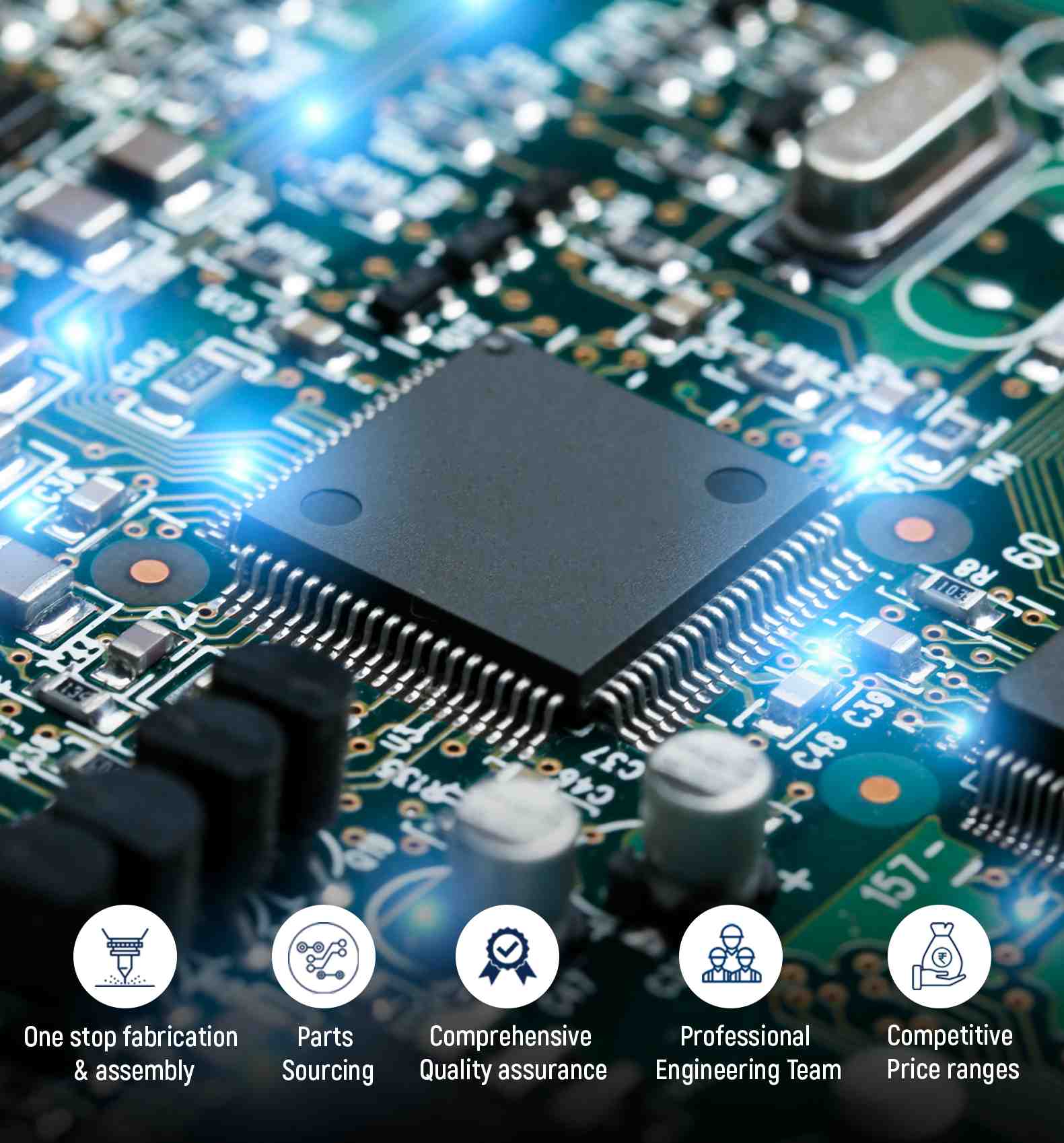No matter what business you are in, quality is important at every level of the manufacturing process. Your electronic product may be affected by a number of variables, including the calibre of the raw materials used, the methods of manufacture, and even the choice of packaging. Customers won’t be satisfied, you’ll lose sales, and even worse, if your final product endangers the health or safety of your customers, you might have to pay money to have it recalled.
Here are some important suggestions from electronics manufacturer in india that will help you keep up the quality of the electronics –
Source Quality Components
Circuit boards, which are made up of microscopic components, are the main component of electronic products. Depending on the kind of components you choose for each board and whether they were connected correctly or not, specific issues could develop. In this situation, electronics manufacturer in india suggests that you must ensure that there is a consistent and dependable supply of high-quality parts. It should be maintained even during times when suppliers may be running short due to unanticipated events, in order to prevent production lines from halting.
Create Standardized Checklists
It is advised to build standardised checklists for each step of the process in order to produce high-quality electronic products so that consistency in quality may be ensured. Steps for internal and external validation, which are used to ensure that all activities have been satisfactorily done, should be included on this checklist. Before passing it on to the next team member, internal validation entails making sure that each member has completed their portion of the task. Additionally, samples are tested by independent, third-party manufacturers before to mass production. This is known as external validation.
List Your Standards
Different products and expectations may have different standards. Different levels may be included in the quality requirements in this instance. You can look to IPC-6011: Generic Performance Specification for Printed Boards as an illustration. This specification divides electronic goods into 3 categories, each of which specifies a maximum number of manufacturing mistakes. IPC 6011 is nevertheless crucial for anyone who wants to understand how these rules affect material selection, testing, and other things even though it’s more of a standard for bare board development than a comprehensive quality requirement list. Other helpful standards are IPC 610-A: Acceptability of Electronic Assemblies and J-STD-001: Requirements for Soldered Electrical and Electronic Assemblies, both of which outline numerous criteria for assembling electronic circuits.
Ensure Consistent Processes
Product production is a process that takes weeks, months, or even years to complete. Consistency is the essential to ensuring quality, so each stage of the electronics manufacturing process needs to be carried out with equal care and attention. By doing this, you can be confident that your products will live up to your expectations and won’t occasionally have serious issues.
Furthermore, to prevent problems or setbacks, staff must receive enough training. Competence comes with experience, and higher-quality items will result from this.
Schedule Regular Testing and Debugging
You should plan frequent testing and bug-fixing of your product. Debugging will assist in resolving any issues that do develop by locating any faults or defects before they become significant ones. You can carry out quality checks by having a third-party inspection firm go through the product line by line. This will guarantee that the electronic product you are making is of good quality. Additionally, it guarantees that you are adhering to all industry rules.







Recent Comments